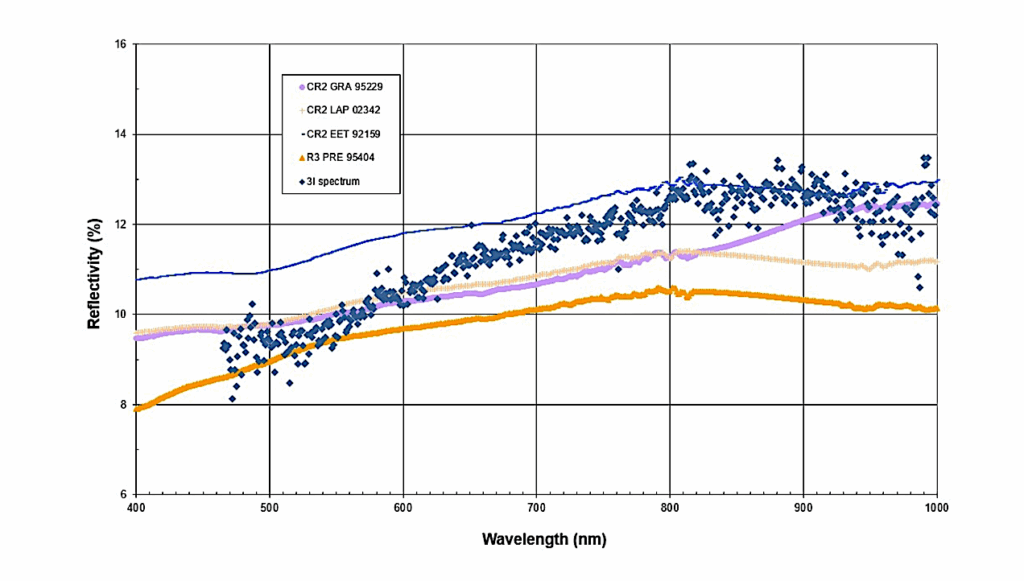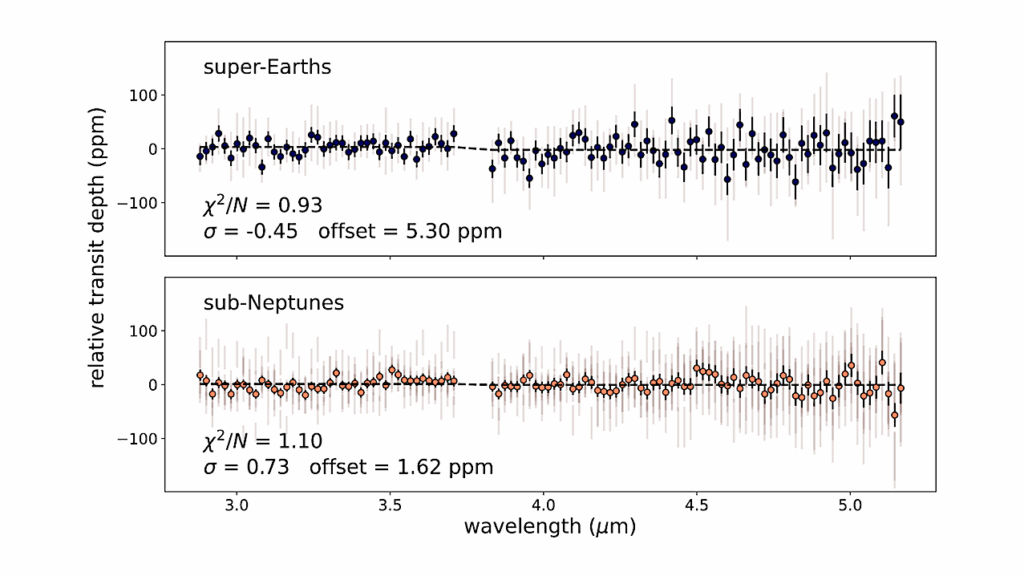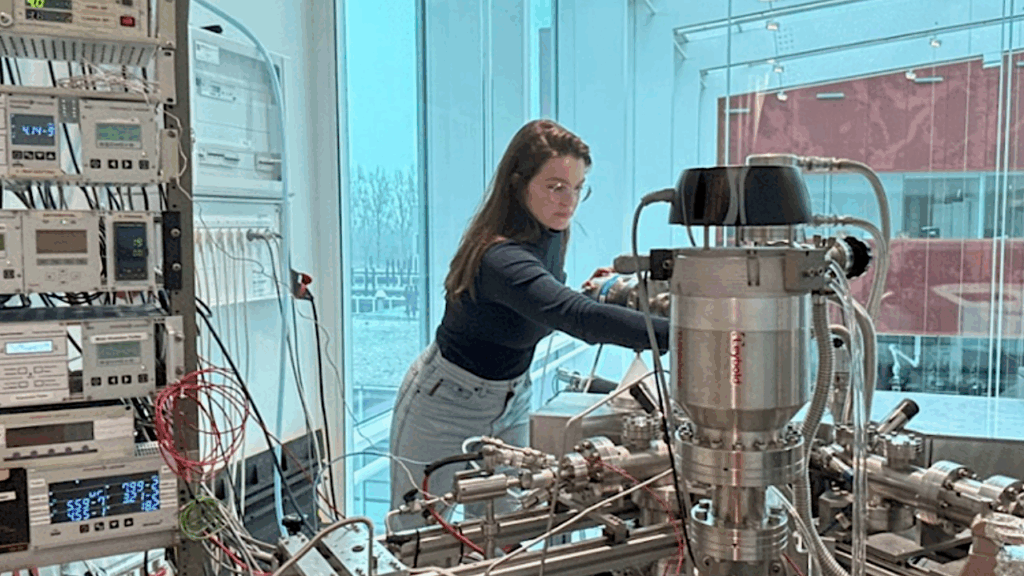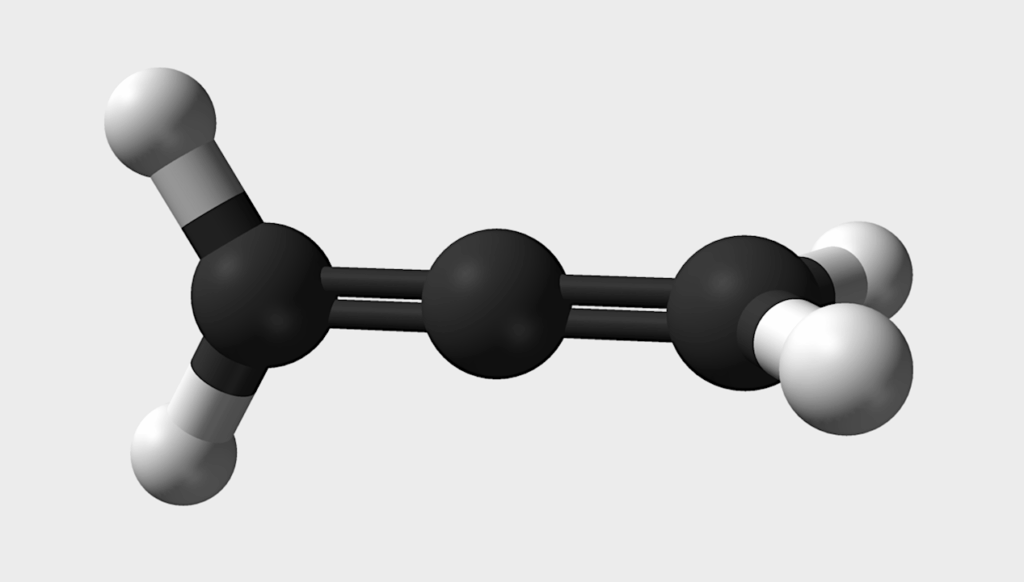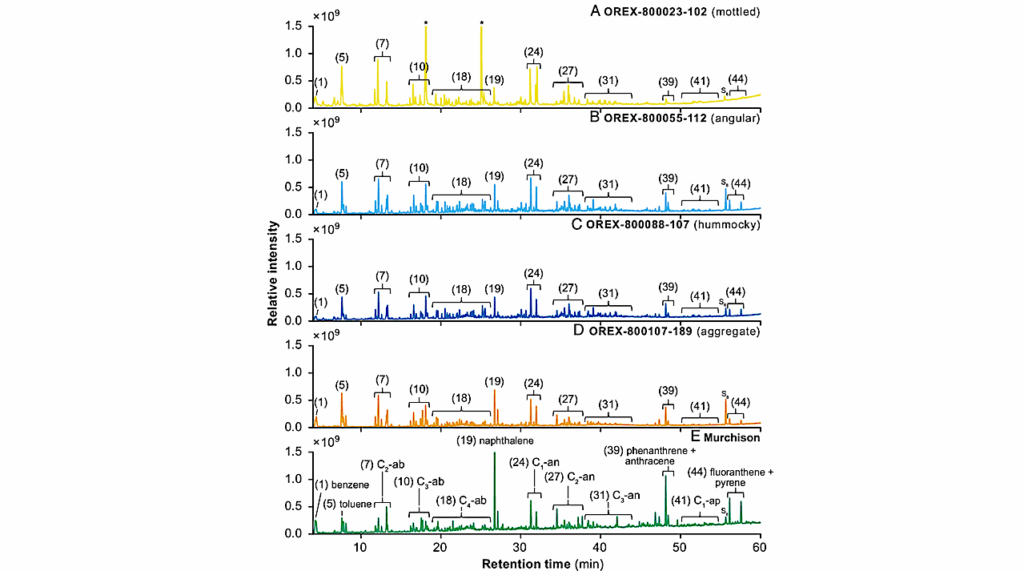MINDS. Young Binary Systems With JWST/MIRI: Variable Water-rich Primaries And Extended Emission

As part of the JWST GTO program MINDS, we analyze the mid-infrared emission of three Class II binary systems: VW Cha, WX Cha, and RW Aur, to investigate the impact of stellar multiplicity on the chemistry and physics of their inner disk.
We analyze the 1D spectrum from JWST/MIRI-MRS for primary and secondary disks separately, extracted by combining forward modeling with a theoretical PSF and aperture photometry. We modeled the molecular lines with 0D slab models.
We interpret the results by comparing our JWST spectra to VLT/CRIRES+, Spitzer/IRS, and ALMA. Primary and secondary disks are dramatically different in their mid-infrared emission, with primary disks showing H2O-rich spectra, and secondary disks being mostly line poor to the sensitivity of our spectra. When comparing MIRI-MRS to Spitzer/IRS, we observe large variability in the line emission of VW Cha A, as well as in the continuum of RW Aur A.
The disks around VW Cha BC and RW Aur B show evidence of ionizing radiation, and a further comparison with ALMA at high angular resolution dust continuum suggest that the spectrum of RW Aur B is well explained by its ~4 au cavity. All the systems show [Ne II] jet emission, and three of them also show spatially resolved emission structures in H2, likely originated by outflows and dynamical interactions.
Many of the observed features in the primary disks, such as enhanced water emission, could be linked to the increased accretion and radial drift produced by dynamical disk truncation. However, additional mechanisms are needed to explain the large differences between primary and secondary disks, potentially inner disk substructures. This work is an example of the need for combining multiple facilities to fully understand the observations from JWST.
Nicolas T. Kurtovic, Sierra L. Grant, Milou Temmink, Andrew D. Sellek, Ewine F. van Dishoeck, Thomas Henning, Inga Kamp, Valentin Christiaens, Andrea Banzatti, Danny Gasman, Till Kaeufer, Lucas M. Stapper, Riccardo Franceschi, Manuel Güdel, Pierre-Olivier Lagage, Marissa Vlasblom, Giulia Perotti, Kamber Schwarz, Alice Somigliana
Comments: Accepted for publication in A&A, 26 pages, 20 Figures. Shortened abstract in arxiv
Subjects: Earth and Planetary Astrophysics (astro-ph.EP); Astrophysics of Galaxies (astro-ph.GA); Solar and Stellar Astrophysics (astro-ph.SR)
Cite as: arXiv:2508.02576 [astro-ph.EP] (or arXiv:2508.02576v1 [astro-ph.EP] for this version)
https://doi.org/10.48550/arXiv.2508.02576
Focus to learn more
Submission history
From: Nicolás Kurtovic
[v1] Mon, 4 Aug 2025 16:32:29 UTC (5,692 KB)
https://arxiv.org/abs/2508.02576
Astrobiology,


